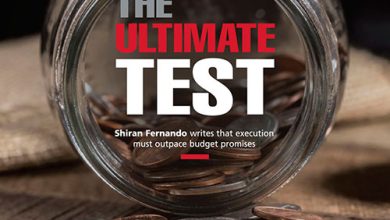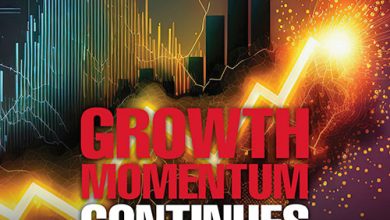MONETARY POLICY

THE IMPACT OF US RATE CUTS
Samantha Amerasinghe believes that lower rates may lift emerging market debt

The rate easing cycle by the US Federal Reserve (the Fed) has begun – it cut its benchmark interest rate by a larger than expected 50 basis points. This is the first cut in more than four years and it reflects a new focus on bolstering the job market, which has shown clear signs of slowing.
It signals a dramatic shift in policy after more than two years of high rates that helped curb rampant inflation but was a bane to consumers.
How far will rates fall is the key question on the minds of central bankers. The Fed’s decision to start the easing cycle without clear signs of a recession has made charting the path forward challenging and central bankers globally are struggling to gauge exactly how rapidly they too should cut rates.
This situation stands out because rate cutting cycles in recent decades – such as in the early 2000s or during the financial crisis of 2007/08 onwards – have tended to be associated with steep economic downturns.
Nevertheless, the US economy continues to expand at a solid clip (GDP growth is estimated at around 3% for the third quarter this year) with inflation down from its peak of 9.1 percent in mid-2022 to a three year low of 2.5 percent in August, not far from the Fed’s two percent target.
Furthermore, the IMF is predicting global growth at a respectable 3.2 percent this year.
In contrast to Republican presidential contender and former president Donald Trump’s gloomy interpretation of the Fed’s large rate cut – opining that the “US economy is in very bad shape” – Chairman of the Federal Reserve Jerome Powell’s assessment is very different.
He delivered a bullish verdict on America’s economic prospects, indicating that the downward move in rates was a recalibration after a prolonged period of rates being held at a 23 year high and not a move to boost demand. Central banks in Europe are facing a considerably less buoyant economic backdrop but many have begun their own easing cycles.
Both the European Central Bank (ECB) and Bank of England have cut rates, and suggested that further cuts are forthcoming this year. The hope is that inflation has been contained without economies falling into recession.
Nonetheless, challenges remain and victory over inflation can’t be declared as yet.
President of the ECB Christine Lagarde cites inflation risks stemming from climate change, technological progress and setbacks in global trade integration as headwinds.
She says that world events such as the worst pandemic since the 1920s, the Russia-Ukraine conflict and the energy shock have changed the structure of the economy, and pose a challenge for central banks when assessing the impact of monetary policy.
A sustained period of heightened geopolitical risks and the possibility of rising trade tensions if Trump returns to the White House could reignite tariffs – and renew trade wars with China. The prevailing uncertainty doesn’t bode well for monetary policy.
Investors hope that lower US rates and a potential soft landing with the United States’ economy avoiding a recession will provide a lift for emerging market debt.
Although local currency bonds have lagged this year, the Fed’s move is expected to ease pressure on developing nations by firing up demand after a lacklustre period of returns. The rate cutting cycle will potentially end the dominance of the US Dollar that has rocked many emerging market economies.
Lower US rates usually weigh on the greenback and push investors into riskier assets with higher yields, boosting emerging market currencies and making it easier for developing countries to repay dollar denominated debt.
Markets are pricing in more than seven quarter point rate cuts by the Fed over the next year. And emerging market experts are hopeful that this new policy shift will help local currency bonds outperform in the coming months.
Meanwhile, central banks in emerging markets have more room to respond to their inflation profiles and ease more than they otherwise would have. They were quicker to raise rates than developed economies were when global inflation surged, leaving them in a better position as the Fed now switches to easing.
Many central banks – including those in South Africa, Turkey and Indonesia – have lowered their policy rates. In fact, the South African Reserve Bank (SARB) cut interest rates for the first time in four years from their highest levels in nearly two decades and Indonesia also announced a surprise cut.
The Fed’s rate cut, coming weeks before the US presidential election in November, is keeping some investors cautious.
Not only does the Federal Reserve’s latest move have the potential to muddle the economic landscape as Americans prepare to vote but a victory for Trump may result in a round of trade tariffs that could reduce US demand for imports, strengthen the dollar, and weaken emerging market economies and currencies that rely on cross border trade.






